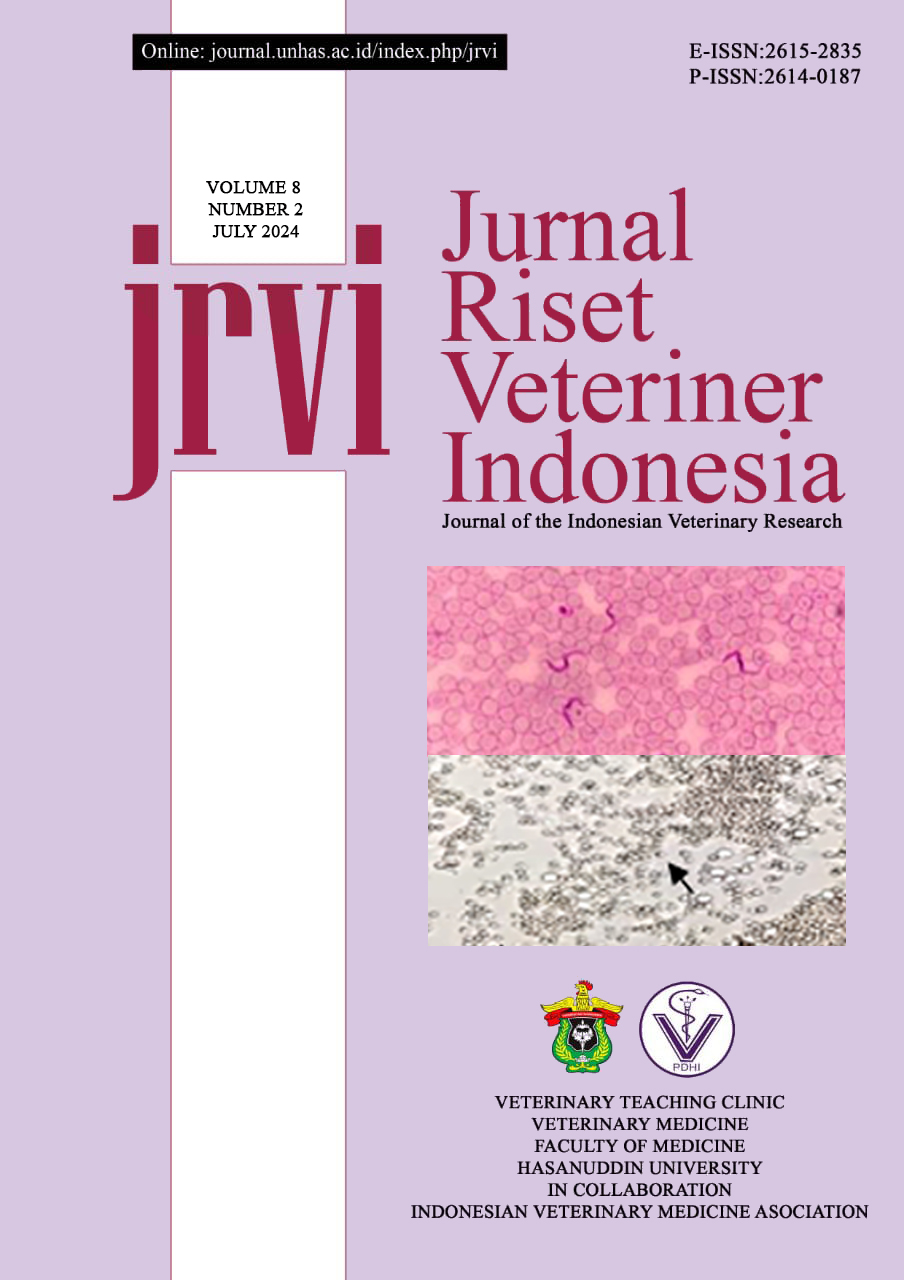Abstract
Background: Fractures refer to the obstruction of bone continuity due to trauma, stress, or pathological abnormalities. One method to accelerate fracture healing is through bone graft implantation. Horses are commonly utilized by society, but horse bones are difficult for decomposers to break down, resulting in waste. However, the calcium and phosphorus content in horse bones is quite high, making them a potential material for bone grafting due to their more compact and hard structure. Research Objective: Research Objective: To make a bone graft from horse bones called Bone Graft Equine Hydroxyapatites (BGEH) and evaluate its effectiveness for fracture healing. Research Method: The sample in this study used eight rabbits and divided into two groups. The first group was the control group by doing defect in femur rabbit without any implantation, while the second group was the treatment group with horse bone graft (BGEH) implantation. The research procedure consisted of two stages: the creation of horse bone grafts and testing on experimental animal. Results: In two weeks, the control group showed the formation of a soft callus characterized by low density at the edges of the fragments. In contrast, the treatment group with BGEH showed the formation of a thin callus distributed evenly across the entire bone defect area provided by high opacity in whole defect of bone. At six weeks, the control group showed that the bone area was not yet completely covered but had reduced in defect diameter, whereas the treatment group had achieved complete closure due to the formation of a more organized hard callus and new bone formation. The results indicated that the use of horse bone grafts could be an alternative for fracture management as it could accelerate bone healing.
Keywords: Fracture, bone graft, hydroxyapatite, BGEH, equine

This work is licensed under a Creative Commons Attribution-NonCommercial 4.0 International License.

